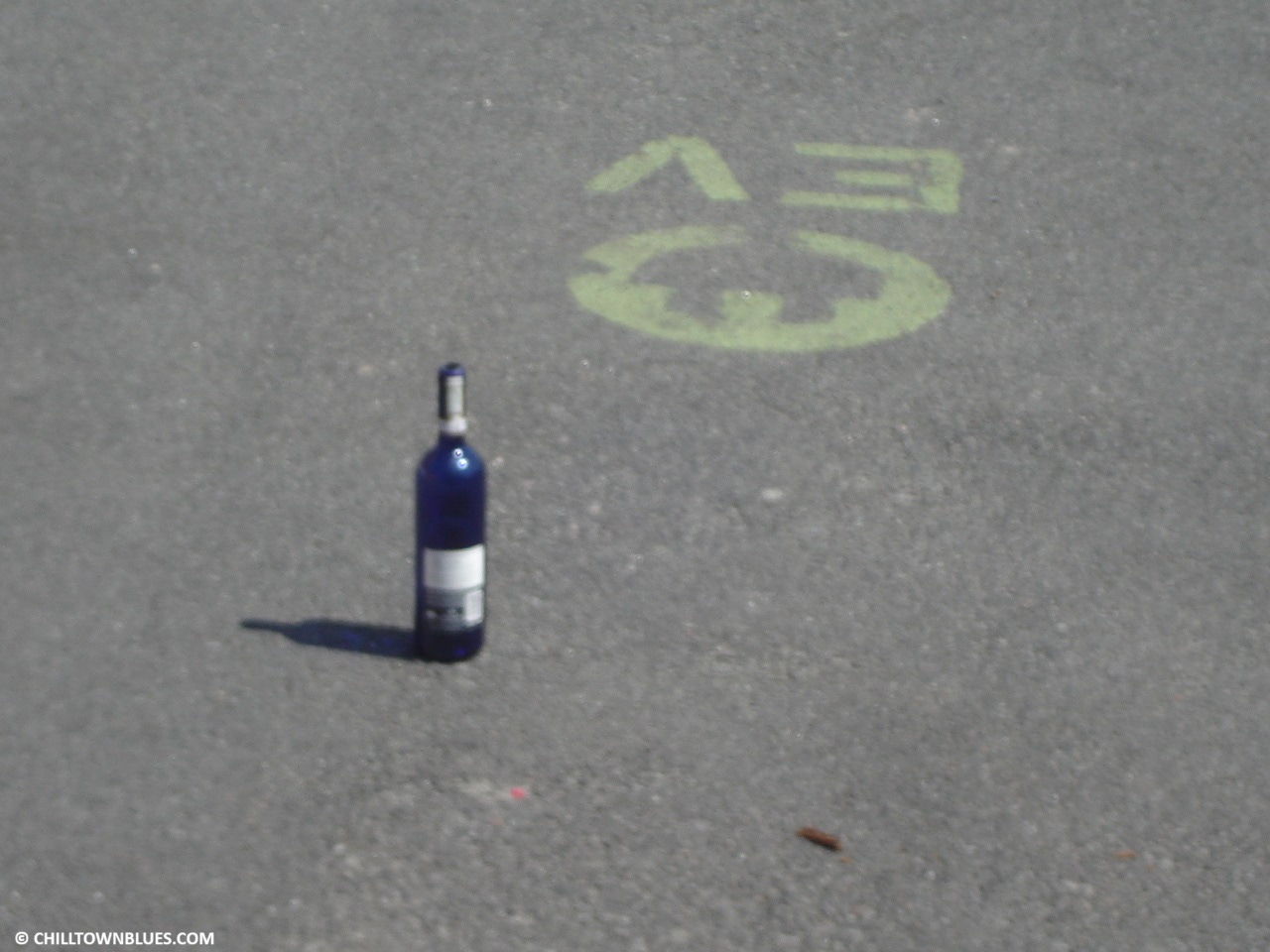"Why I quit life in the redlined part of Jersey City and got out altogether"
A guest column
By Hakim Hasan
Last December I moved out of my small two-bedroom rent-controlled apartment in a 12-unit building located on the corner of Old Bergen Road and McAdoo Avenue in Greenville.
Jersey City is one of 118 municipalities in New Jersey that has rent-control ordinances according to the “2022 Department of Community Affairs Rent Control Survey.”
I was paying $868.03 in rent for my apartment in a neighborhood where rents were skyrocketing. One of my dear friends advised me not to move out of my apartment.
Inexpensive rent control housing, though a lifeline for low-and moderate-income renters, can become alluring and seductive. It can lead renters to stop striving for better housing and a good quality of life.
In my case, I erroneously thought that I could change the dyad of living next to destructive tenants and slumlord management. I failed.
The destructive tenants threw garbage and cigarette butts out the window, blasted music without regard, and did not maintain their apartments. One tenant’s apartment had such a strong odor coming from it that it reminded me of Vincent Price’s famous line, “The funk of 40,000 years,” in Michael Jackson’s blockbuster album “Thriller.”
The strong stench of cigarette and weed smoke permeated the hallways.
The various owners of the building couldn’t care less whether the tenants were destructive or responsible. Tenants were warehoused—there is no other way to put it—in a building that was the epitome of substandard housing and, at best, had become a hellhole. The people living there, simply stated, needed a roof over their heads. One responsible tenant after another moved out.
Is this the purpose of rent-controlled housing?
The argument that landlords cannot properly maintain rent-controlled buildings because of low rent rolls is a lie.
The various landlords who owned the apartment building where I used to live raised rents as tenants moved. There were tenants paying more than double the rent I was paying. This was tantamount to rent gentrification. The quality of maintenance of the building, as a whole, did not change. There was no resident super in the building. This is not unusual in many rent-controlled buildings in Greenville.
The building was in a neighborhood that had been “politically defunded” by elected officials and the police department for decades. They did not give a damn what happened there.
This was a neighborhood of destruction—a place of demoralization, shame, and ongoing slumlord exploitation.
Mark Williams, a tenant in the building, retired a few years ago. Not long after that, he collapsed on the sidewalk in front of the building next door from a fatal heart attack. When his family came to retrieve his things, they saw the dirty hallway walls in the building. I was ashamed that they had to see this.
I complained to management and city officials about the condition of the building over the years. I was a perpetual thorn in their sides. The walls were eventually painted.
I am a senior citizen. I fought what amounted to the “good fight” for better living conditions. This building was not the place where I wanted my family to retrieve my things if I stopped breathing in the middle of the night.
In the months leading up to my decision to move out of Greenville and Jersey City altogether, there were crackheads visiting a tenant in the building. One Sunday afternoon, a female crackhead was seen climbing the fire escape on the McAdoo Avenue side of the building. She entered the open window of a vacant apartment below me.
I called the police over the course of an hour. On the second and third calls the operator said to me, “They’re on their way, hun, they’re on their way.”
I don’t have to worry about this anymore.
Some of the books that Hakim Hasan had to leave behind can be seen in this Chilltown Blues gallery from late last year:




